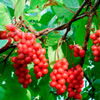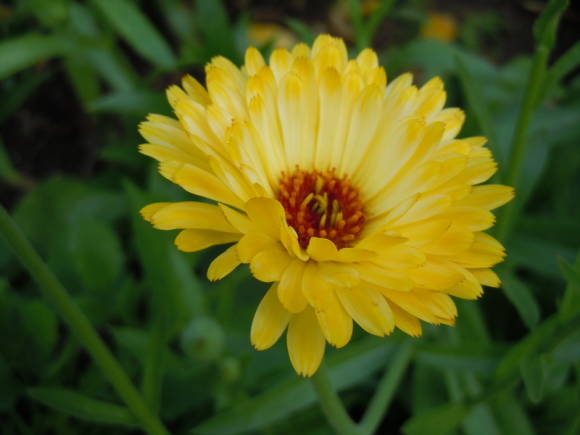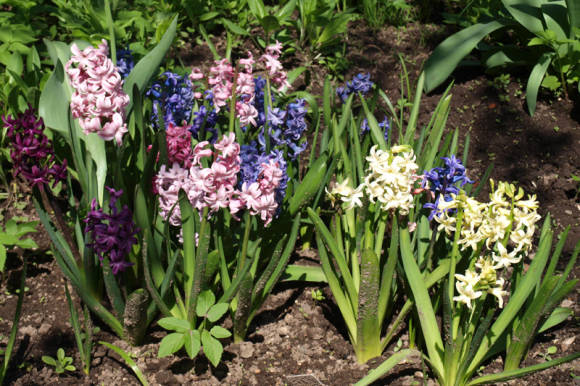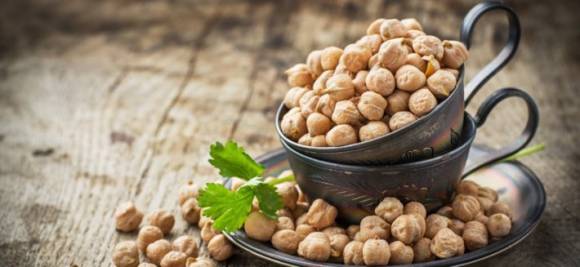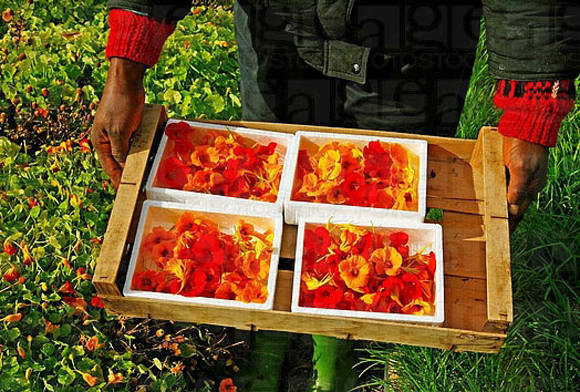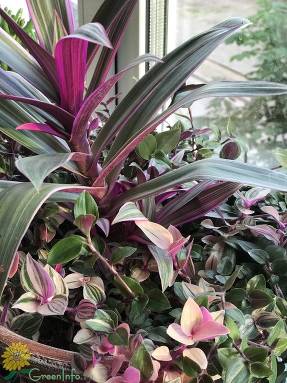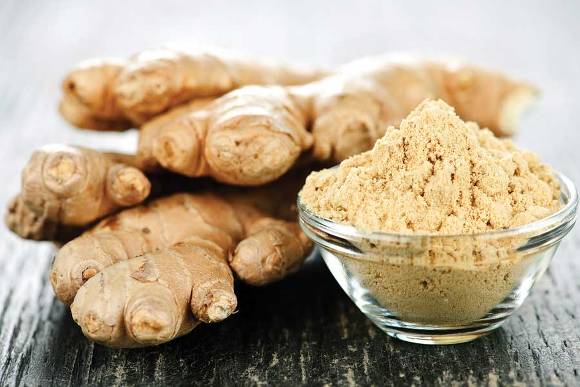
All members of the basil herb family are among the oldest and most commonly used herbs in the world. The common basil variety known as Thai basil is no exception; this herb has been used so widely and for so long in so many Indian and Southeast Asian dishes that it has actually come to be considered a vegetable, not just a herb. For example, in Vietnamese Pho, basil occupies the most honorable place on a plate of side dishes, which are served along with a boiling bowl of broth, meat and noodles.
Since different varieties of basil are found in every corner of the world, it is not surprising that in European countries, Thai basil is often confused with one of its many cousins. But in India, Thailand, Laos or Vietnam, every resident knows that Thai basil has a unique smell, original appearance and unique taste that sets it apart from others. So who is he, Mr. Thai Basil?
Thai sweet basil (Ocimum basilicum var.thyrsiflora) originally from Iran, India and other tropical countries of Asia, where it has been known and loved for almost 5000 years.
Thai sweet basil can be found under many names in the world. In the West, it is sometimes called licorice basil or aniseed basil, although there are other varieties of basil that are also referred to by these names. In Thailand, Thai basil is called Horapa or Bai Horapa, and in Vietnam it is called Rau Hang Kwi. Interestingly, the latter literally means "mint cinnamon", although Thai basil is real basil and has nothing to do with cinnamon. The very name "basil" comes from "basileus", the Greek word for "king". This is due to the fact that in ancient times this herb was mainly used to treat diseases exclusively for royalty and was often added to baths to keep them healthy.
Botanical portrait
Thai sweet basil in places of natural growth is a perennial (usually biennial) herb or a branched subshrub, reaching 30-45 cm in height, with leaves from 2 to 5 cm.
Real Thai basil is noticeably different in appearance from its Western and European counterparts. Firstly, with its small leaves - much smaller than those of the usual Mediterranean basil and not so round. Secondly, the stems of Thai basil are purple-violet in color, and the color becomes more intense as the plant grows. The stems contrast very effectively with the green leaves, and the flower buds are reddish purple or purple. Both the leaves and flowers are edible and have a strong basil scent with an equally strong hint of anise or licorice. Among the different varieties of Thai sweet basil, the most popular varieties in the world are Queenette and Siam Queen. As for the taste, Thai basil has gained its immense popularity due to its amazing spicy note, which in an indescribable way is absolutely harmoniously combined with some sweetness, akin to the sweetness of licorice and anise. Culinary gurus point out that Thai basil tastes much more complex and addictive than its European cousin.
It is this tropical type of sweet basil that provides that extraordinary and unusual spicy taste present in the vast majority of Thai dishes, which is why this plant began to be identified as "Thai basil" first in America and then throughout the rest of the world, although the Vietnamese and Lao people also use it extensively in their kitchens.
Of course, there is no dispute about tastes, but millions of people around the world believe that Thai cuisine is delicious, tasty and healthy. Eminent chefs agree that Thai sweet basil has a distinct flavor that can completely transform the character of a dish. This means that Mr. Thai basil rightfully bears the title of a super-ingredient in Thai cooking.
Trio of Thai basilicas
Strictly speaking, there are three main varieties of basil used in Southeast Asian cooking. Thai sweet basil (Horapa or horapha) should not be confused with Thai holy basil (Holy Basil or Holy Thai Basil or Bai Gaprow) or Thai Lemon Basil (Thai Lemon Basil or Maenglak or Manglak).

Holy basil (Ocimumtenuiflorum) comes from India and is very well known in the world under the name "Tulsi". Tulsi is a sacred plant, an earthly form of the goddess Lakshmi, one of the consorts of the Hindu god Vishnu. From the stalks of the sacred basil in India, rosary is made, it is believed that they give divine protection, cleanse the aura and strengthen the immune system. Tulsi can often be seen scattered across cemeteries in India. This herb is actively used in Ayurveda, and it is often found in the wild throughout South Asia.
Thai holy basil, unlike Thai sweet basil (Ocimum basilicum var. thyrsiflora), the leaves are smaller, tougher, with uneven edges and covered with downy, and the aroma is more pungent. Tulsi usually has green stems and long panicles. This type of Thai basil smells like cloves and is most commonly used in spicy dishes. It is with this basil that one of the most famous Thai meat dishes, Pad Khrapao, is prepared.
Both of these types of Thai basil are mentioned in Ayurveda. The main benefits of these two basilicas are associated with the presence of volatile oils and flavonoids - powerful plant-based antioxidants. Ayurveda believes Holy Thai Basil reduces inflammation, helps fight aging and promotes arterial health, while Sweet Thai Basil (Horapa) helps the body to adapt to stress and promotes mental balance.
The third type is Thai lemon basil (Ocimum × citriodorum) - smells and tastes like lemon, as its name suggests. Another name for Thai lemon basil is gray basil. This basil is great for soups and salads.

Read also articles:
- Growing Thai Basil
- Thai basil: useful and medicinal properties
- Thai basil in cooking
